I’m not sure what the sacking of Michael Leunig says more about; the state of Australian journalism or the status of Australian cartoonists. My initial reaction to the story included a whiff of Proustian nostalgia. I don’t read the Age much these days myself so wasn’t even aware that Leunig was still drawing. And if I’d thought about him at all before the events of last week it would only have been to remember the work he did for the Sydney Morning Herald in the dim and distant days when it was still a real newspaper. But even then, at a time in my life when I paid more attention to the sports pages than the front page, I remember questioning the editorial relevance of his contributions. Rather than quick-fire, acerbic responses to news-cycle events, it seemed to me that Leunig’s cartoons, while always charming, were usually mawkish whimsy whose topicality wouldn’t have been greatly diminished if it had appeared a month earlier or later. Indeed, a key element of his populist appeal was that he rarely drew attention to specific events or issues. And the few things that he was comfortable drawing – the sad little big-nosed men, the drooping flowers and the teapots – not to mention the accompanying (and often toe-curling) teenage doggerel – were more likely to make you feel good about yourself than angry with anyone else. Which might explain why my ex-wife and her eastern suburbs lunching sorority –not a demographic greatly exercised by the need for, say, fairer taxation for small business or better health outcomes in remote communities – all had Leunig calendars stuck to their double-width Gaggenau fridges. The fact is, if you want to enjoy Australian ‘National Treasure’ status, as Leunig has since 1999, you have to tick a box of consistent political neutrality which would be a hell of a handicap for any serious satirical artist. And it’s hard to imagine the real housewives of today’s Woollahra or Toorak wanting to have their consciences pricked by the pen of a Bill Leak every time they go to top up the sauvignon blanc.
Imagine my surprise, then, when I saw the cartoon which has ended Leunig’s decades-long tenure at the Age. Yes, it features the same sad little man (his nose now suspiciously smaller), but instead of flowers and ducks and teapots he’s now sharing the frame with a gigantic hypodermic syringe mounted on a tank. And inset above it, instead of a few tweely rhyming couplets, is a reproduction of the iconic 1989 Tiananmen Square photograph the cartoon was inspired by. The point it makes about the Victorian government’s vaccination ambitions is needle sharp and, like all the best cartoons, needs no explanatory caption. And the explanation which the Age’s editor has given for its creator’s abrupt departure – that he is ‘out of touch with the paper’s readership’ – is proof that whatever Leunig has been in the past he is now, indisputably, a real political cartoonist and as such of no further use to the Andrews government’s most cravenly compliant media lackey.
It was no surprise, then, that Sky News’s coverage of Leunig’s sacking was rather more sympathetic to the man himself. But if you think that this means Sky has a better appreciation of cartoons and cartooning you’d be mistaken. I can’t be the only Sky viewer whose heart sinks each time its Media Show host Jack Houghton introduces Johannes Leak and invites him to review a selection of the week’s cartoons. As somebody should by now have told them, it’s one thing to deconstruct a cartoon when its contents are themselves a news story – as I did in the previous paragraph, and as was done by journalists covering the Danish prophet cartoon controversy, or its Charlie Hebdo sequel. It is quite another to deconstruct a cartoon merely to tell people why it’s funny. And it doesn’t help to chuckle while you’re doing it. Every time Jack and Johannes do that it confirms the truth of something said by the great British sitcom writer Barry Cryer. ‘Analysing humour is like dissecting a frog. Nobody laughs and the frog dies’.
Got something to add? Join the discussion and comment below.
Get 10 issues for just $10
Subscribe to The Spectator Australia today for the next 10 magazine issues, plus full online access, for just $10.
You might disagree with half of it, but you’ll enjoy reading all of it. Try your first month for free, then just $2 a week for the remainder of your first year.


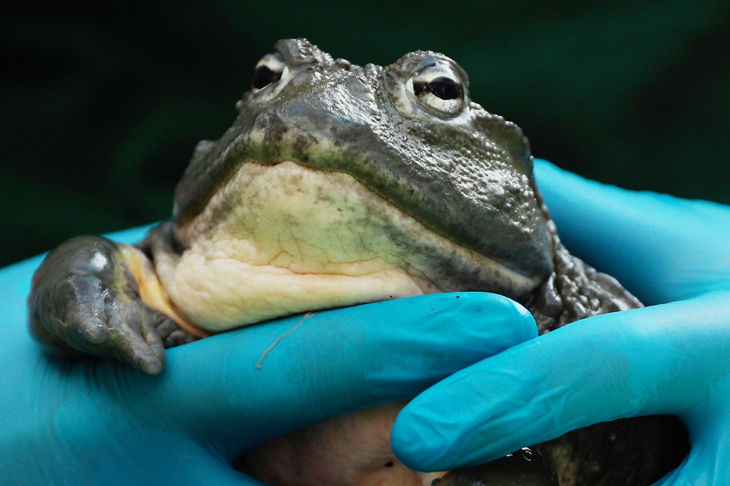
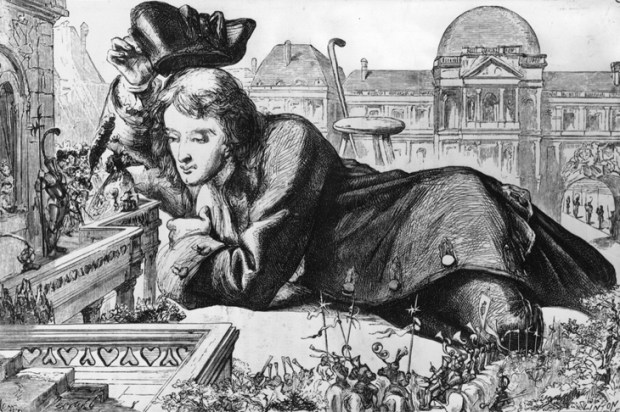
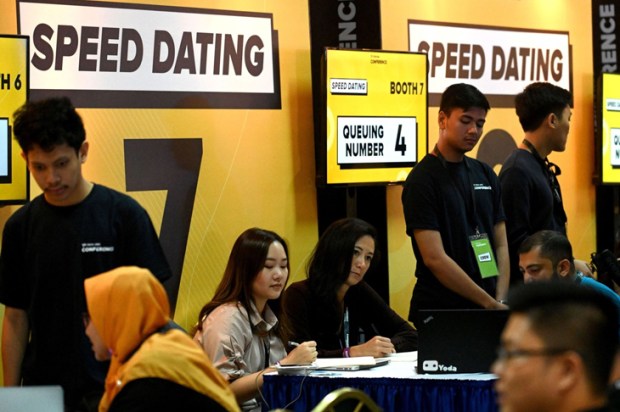
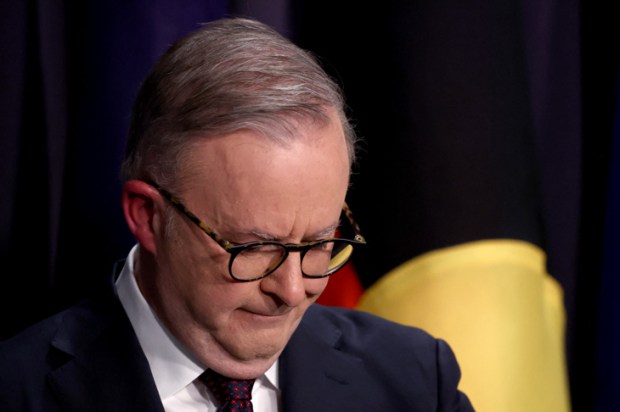
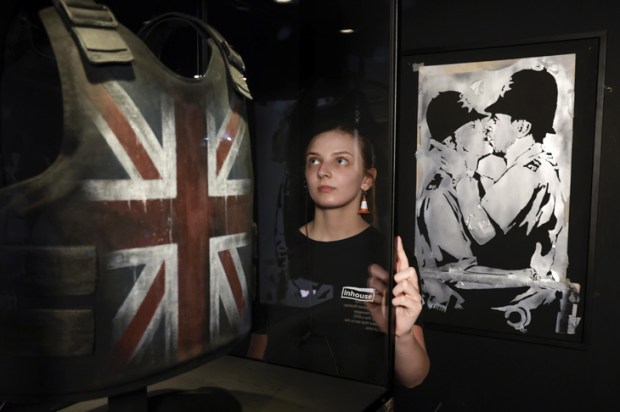
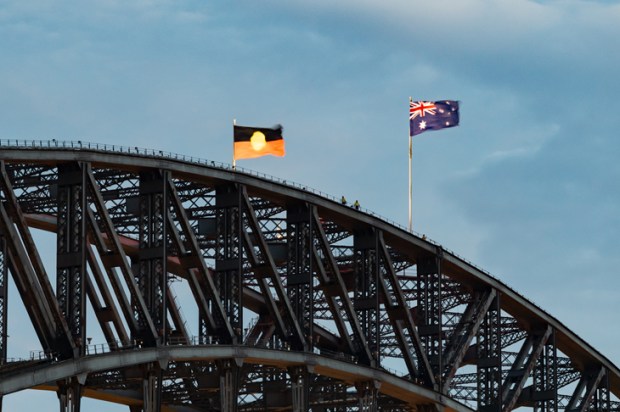







Comments
Don't miss out
Join the conversation with other Spectator Australia readers. Subscribe to leave a comment.
SUBSCRIBEAlready a subscriber? Log in